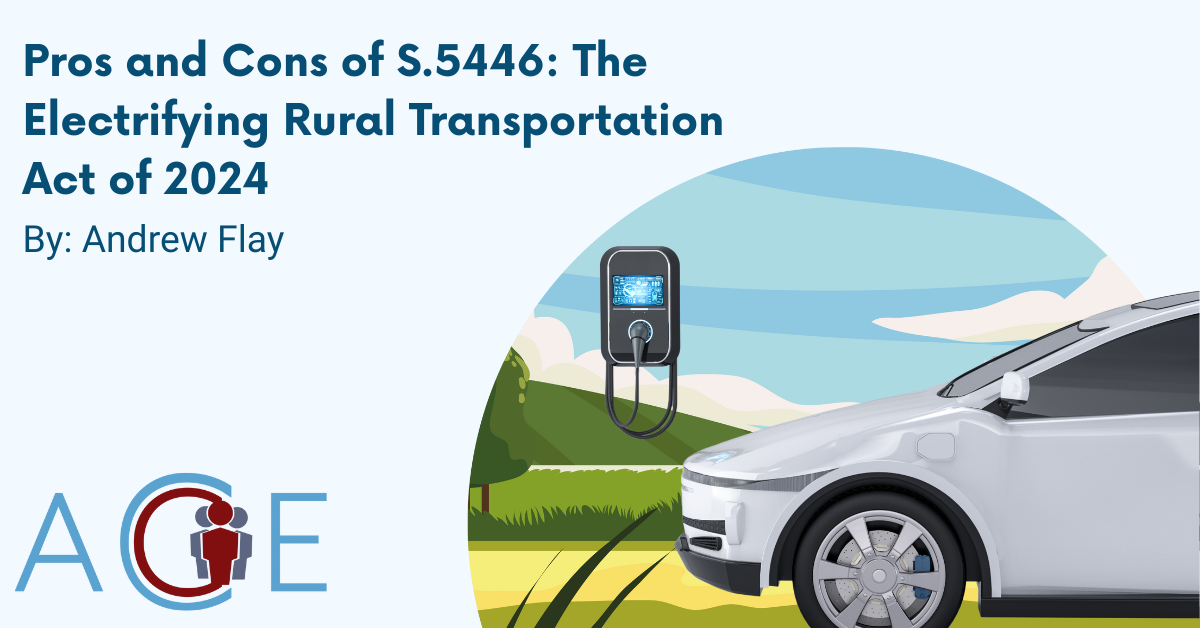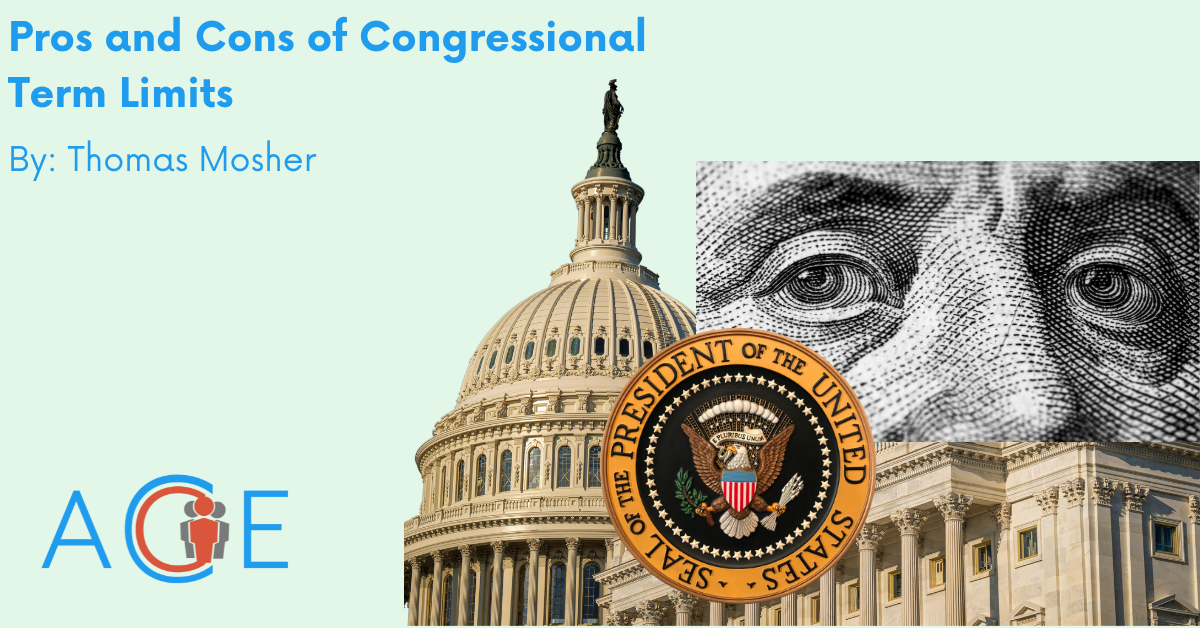The 2018 Supreme Court decision in Trump v. Hawaii upheld the third iteration of President Donald Trump’s 2017 travel ban, officially known as Presidential Proclamation 9645, affirming the executive branch’s broad authority over immigration and national security. The ruling raised questions about the balance between national security and constitutional protections, as well as the extent of executive power in shaping immigration policy.
Context and Court Decision
In 2017, the Trump administration issued a series of executive actions restricting immigration from predominantly Muslim-majority countries, citing national security concerns. The initial order, Executive Order (EO) 13769, faced legal challenges over its broad scope and alleged religious bias, leading to EO 13780, which removed Iraq from the list but remained contested. Following a Department of Homeland Security review, Proclamation 9645 was issued, targeting eight countries—five of which were Muslim-majority—based on security considerations.
The State of Hawaii, the Muslim Association of Hawaii, and three individuals challenged Proclamation 9645. The plaintiffs argued the proclamation exceeded the president’s authority under 8 U.S.C. §1182(f) — a statute that grants the president power to suspend entry of foreign nationals deemed “detrimental” to U.S. interests. The plaintiffs also argued that the proclamation violated the Establishment Clause, a section of the U.S. Constitution that forbids the government from favoring one religion over another, because it disproportionately targeted Muslim-majority nations.
In a 5-4 decision, the Supreme Court upheld the travel ban. Chief Justice John Roberts applied the rational basis test—a judicial standard requiring that a policy must advance the nation’s best interest in order to be constitutional—and ruled that the policy had a valid national security justification. The majority emphasized that the judicial branch must defer to executive authority in immigration matters. In dissent, Justice Sonia Sotomayor argued that the Court failed to scrutinize potential discriminatory intent behind the executive orders.
Historically, the Supreme Court has upheld immigration restrictions based on national security and executive power. In Chae Chan Ping v. United States (1889), the Court affirmed Congress’s plenary power to regulate immigration based on nationality. This precedent was reinforced in United States v. Thind (1923), which upheld racial classifications in immigration law, and Korematsu v. United States (1944), which ruled that national security concerns could justify executive actions, including the internment of Japanese Americans.
Arguments in Favor
Supporters of the decision argued that the travel ban was necessary for national security, asserting that it was based on an objective review of foreign governments’ vetting capabilities rather than religious bias. Given that Proclamation 9645 references certain nations that failed to meet U.S. standards for identity management, information sharing, and risk factor screening, supporters of the Trump v. Hawaii decision negate the plaintiffs’ argument that Proclamation 9645 targets nations based on religion.
Another key argument concerns the president’s authority under 8 U.S.C. §1182(f), which permits suspending the entry of foreign nationals when necessary for national security or public health reasons. The executive branch has traditionally been granted broad discretion in immigration matters, particularly concerning national security, a precedent supporters say was simply reaffirmed by the Court in Trump v. Hawaii. Supporters of the Court’s decision argue that courts should not second-guess executive branch decisions regarding national security.
Arguments in Opposition
Critics contended that the ruling in Trump v. Hawaii set a dangerous precedent by granting excessive deference to executive authority, allowing presidents to impose broad immigration restrictions with minimal judicial oversight. They hold that the 2018 ruling is indicative of a broader trend in which courts “hide behind national security” to avoid ruling against the executive branch. Opponents feared Trump v. Hawaii and similar cases would add to “rule of law backsliding”, in which policies that violate human rights avoid judicial scrutiny and remain in effect. After the majority decision was published, critics feared the ruling could enable future administrations to justify exclusionary policies under the guise of national security.
Another primary concern was the disregard for evidence of religious discrimination. Critics pointed to Trump’s campaign remarks advocating a “Muslim ban,” arguing that these statements demonstrated clear discriminatory intent. Lower courts had previously considered these remarks substantial indicators of unconstitutional religious bias, yet the Supreme Court focused on the text of the proclamation rather than its underlying motivations.
The ruling also raised constitutional concerns. Critics argued that by prioritizing national security justifications over potential Establishment Clause violations, the Trump v. Hawaii decision suggested that religious exclusion could be legitimized if framed as necessary to national security.
Conclusion
Trump v. Hawaii reaffirmed the executive branch’s broad authority over immigration and national security, prompting critical questions: Does the decision set a precedent for unchecked presidential authority, or does it safeguard national security? How should courts balance deference to the executive with safeguarding individual rights? These unresolved issues ensure that Trump v. Hawaii will remain a key reference point in future debates over executive power and immigration law.









